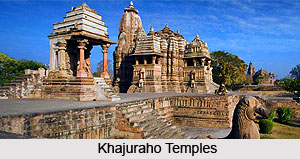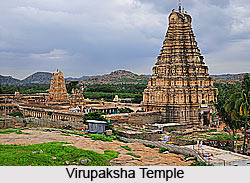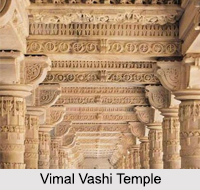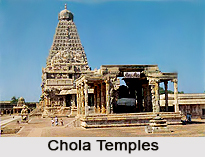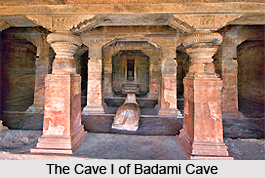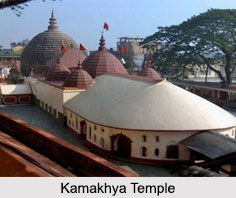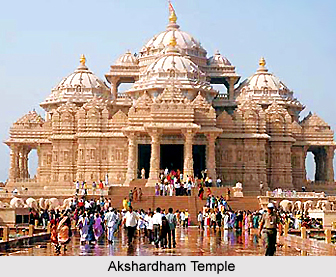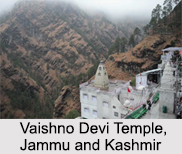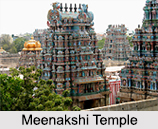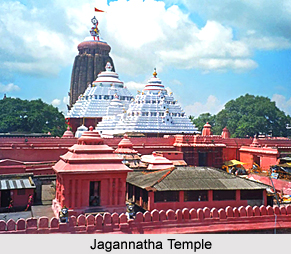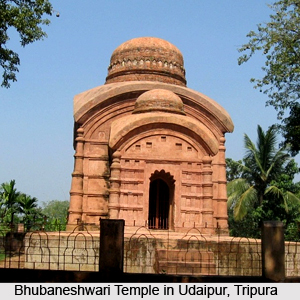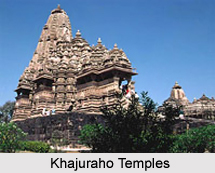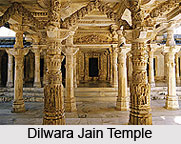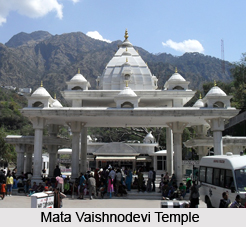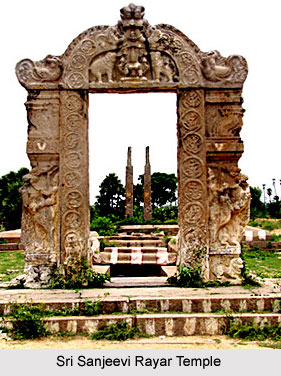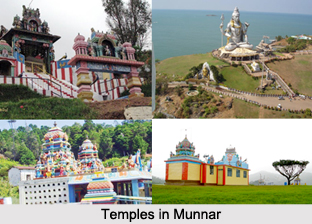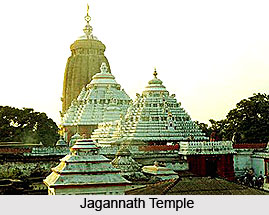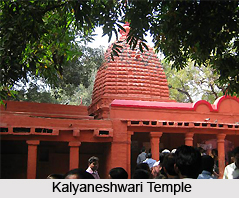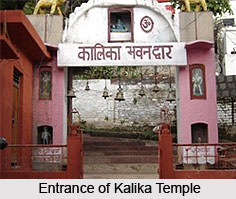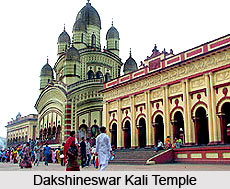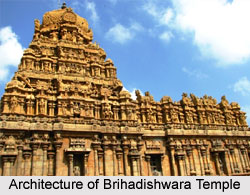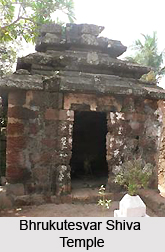 Bhrukutesvar Shiva Temple, an ancient Shaivaite shrine enchanting the town of Bhubaneshwar with its architectural opulence coupled with the silent narration of the sagas of its presiding deity, enthrals and captivates the religious mind of the pilgrims visiting the temple from far off destinations. The temple, located in Yamesvara Patna, Old Town in the Indian state of Orissa, is believed to have been built by the Kesaris (Somavamsis).
Bhrukutesvar Shiva Temple, an ancient Shaivaite shrine enchanting the town of Bhubaneshwar with its architectural opulence coupled with the silent narration of the sagas of its presiding deity, enthrals and captivates the religious mind of the pilgrims visiting the temple from far off destinations. The temple, located in Yamesvara Patna, Old Town in the Indian state of Orissa, is believed to have been built by the Kesaris (Somavamsis).
Geography of Bhrukutesvar Shiva Temple
Bhrukutesvar Shiva Temple, located at latitude 20° 14" 43"N and longitude 85° 49" 93"E is at an elevation of 86 ft above the sea level. The temple, dedicated to Lord Shiva, is positioned on the right side of Badheibank Chowk on the street that directs its way from Lingaraja Temple to Yamesvara Temple. The religious edifice is at a distance of almost 40 kilometres on the western side of Talesvara temple, 30 metres away on the north western side of Yamesvara temple and at a distance of 20 metres east of Bakresvara temple.
Architecture of Bhrukutesvar Shiva Temple
The late 13th century stood as a witness to the construction of the Bhrukutesvar Shiva Temple initiated by the rulers of the Ganga Dynasty. This religious monument, facing the northern side, is a single structure confirming itself to the pidha deul order devoid of any frontal porch. The sanctum sanctorum or the garbhagriha of the temple enshrines a Shivalingam within a circular yonipitha. A strong compound wall encloses the temple on the southern, eastern and western side. The presence of an ancient well on the north side exhibits the age old Hindu prototype of purifying oneself before adoration and adulation of the Supreme one.
Bhrukutesvar Shiva Temple, an exclusive illustration of the construction technique of the ancient period, exhibits the Kalingan style of architecture. The temple has been built using laterite adopting the dry masonry style of construction technique. On plan, the temple consists of a square vimana and on elevation the vimana is a pidha deul that measures 5.03 metres in height. The bada, gandi and mastaka further define the architectural elements of the shrine. The threefold division of bada measures 2.03 metres in height, the gandi marked by three receding tiers measures 3 metres in height while the mastaka has crumpled. The raha niche and parsva devatas further add to the details of the temple architecture. The doorjamb of the temple measures 1.70 metres in height and 0.70 metres in width.
The stylistic development of temple and its exclusive construction techniques has caught the fancy of both local and international tourists who frequent the shrine from various destinations.
